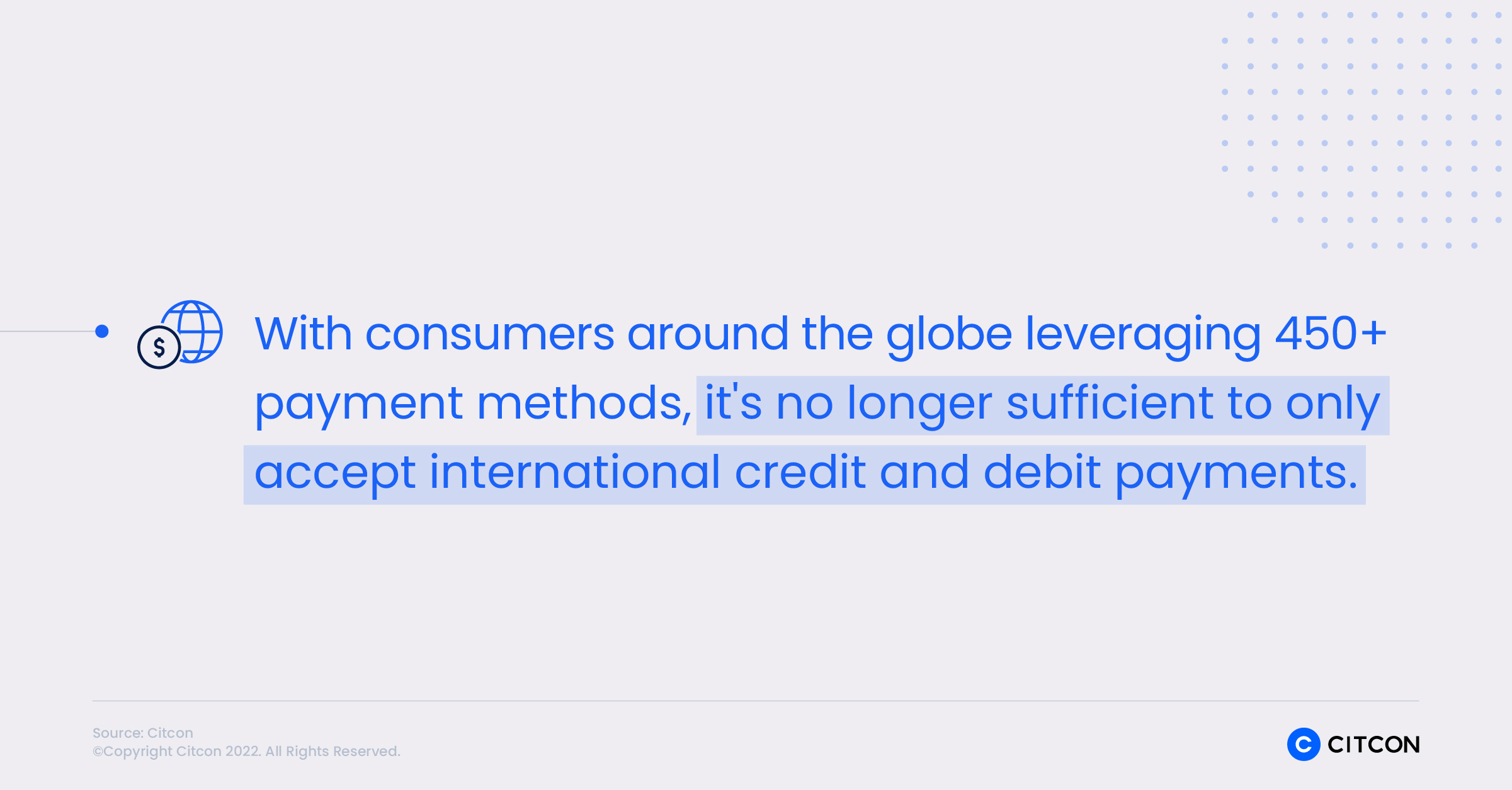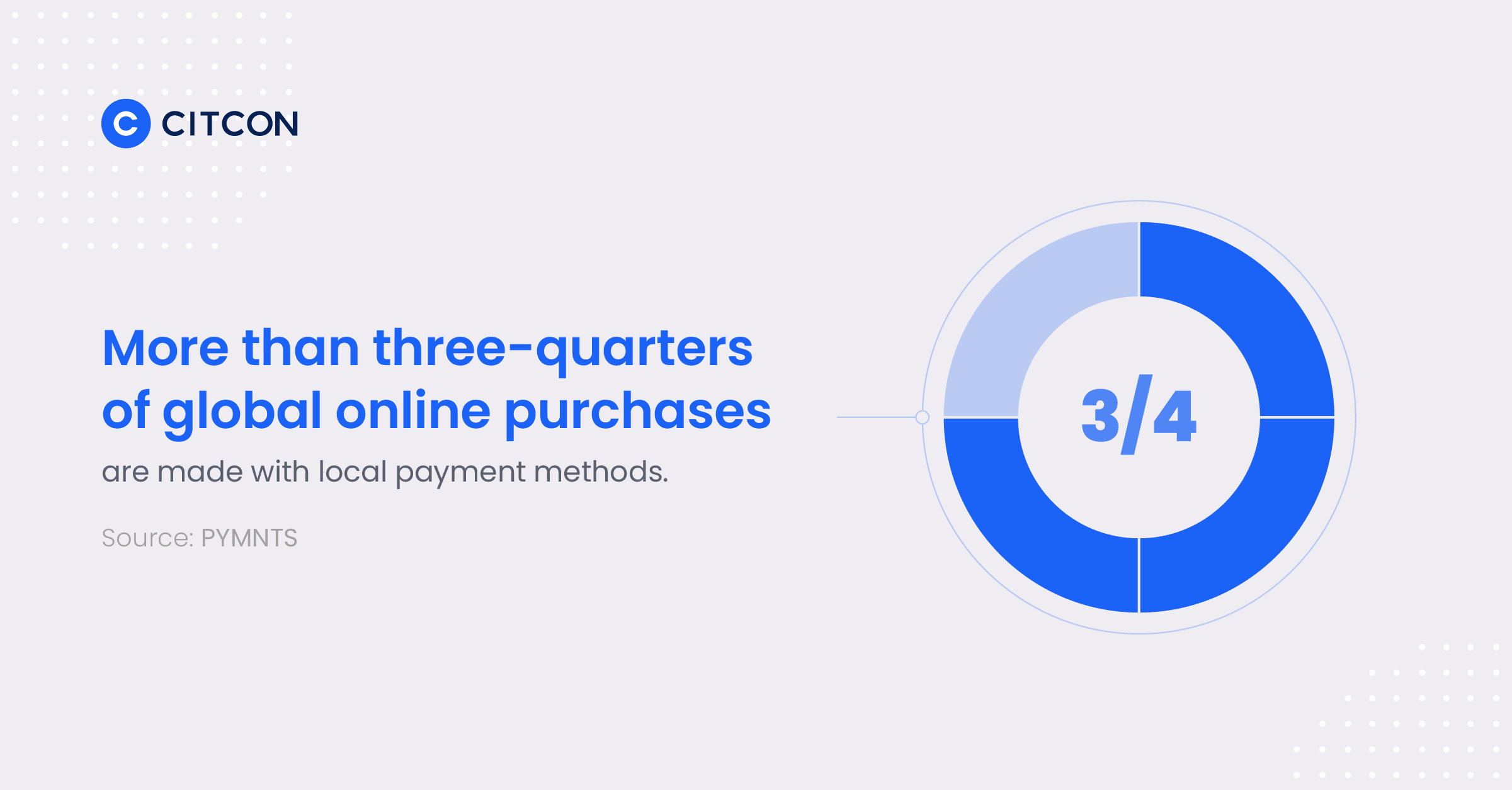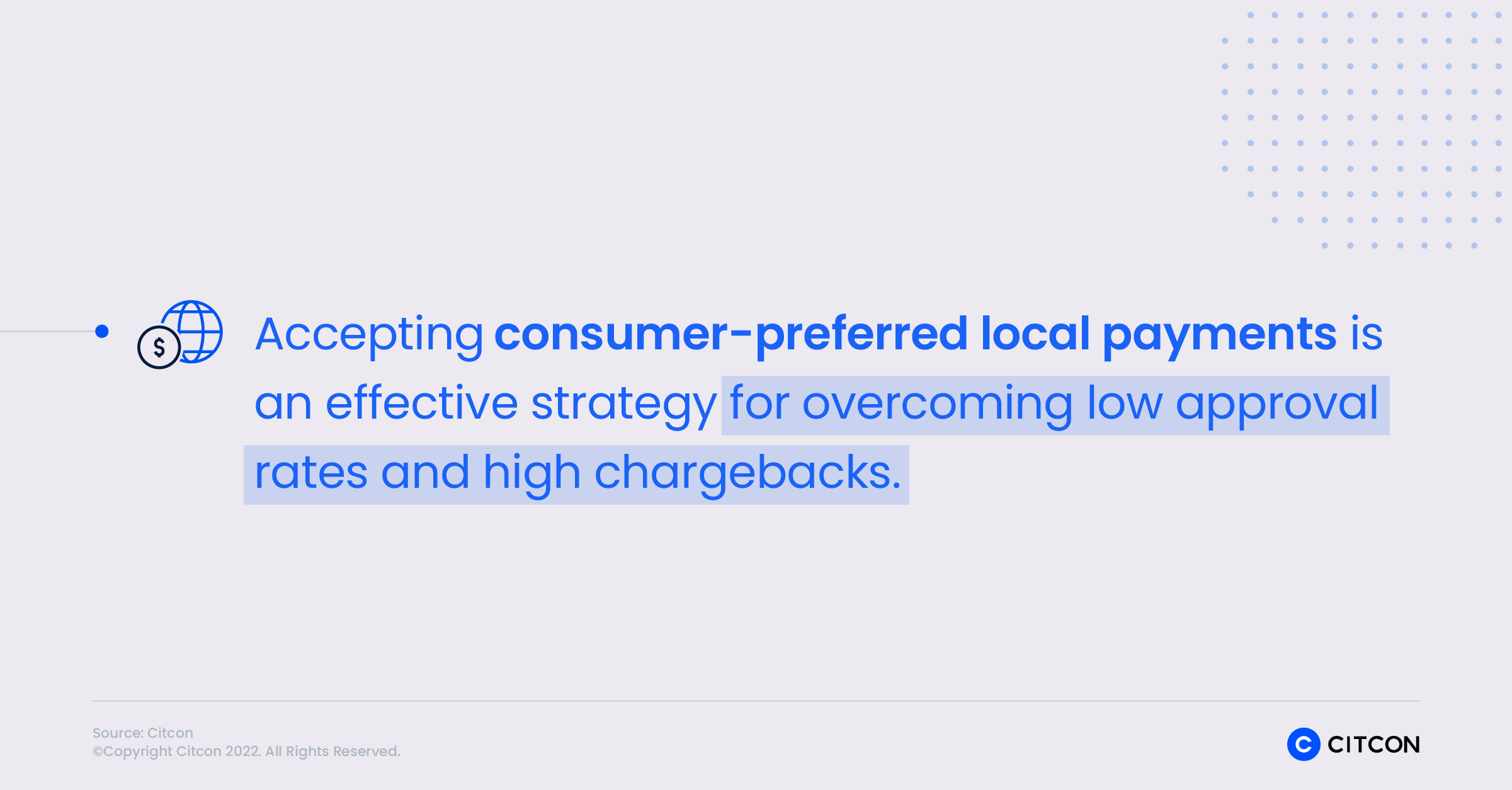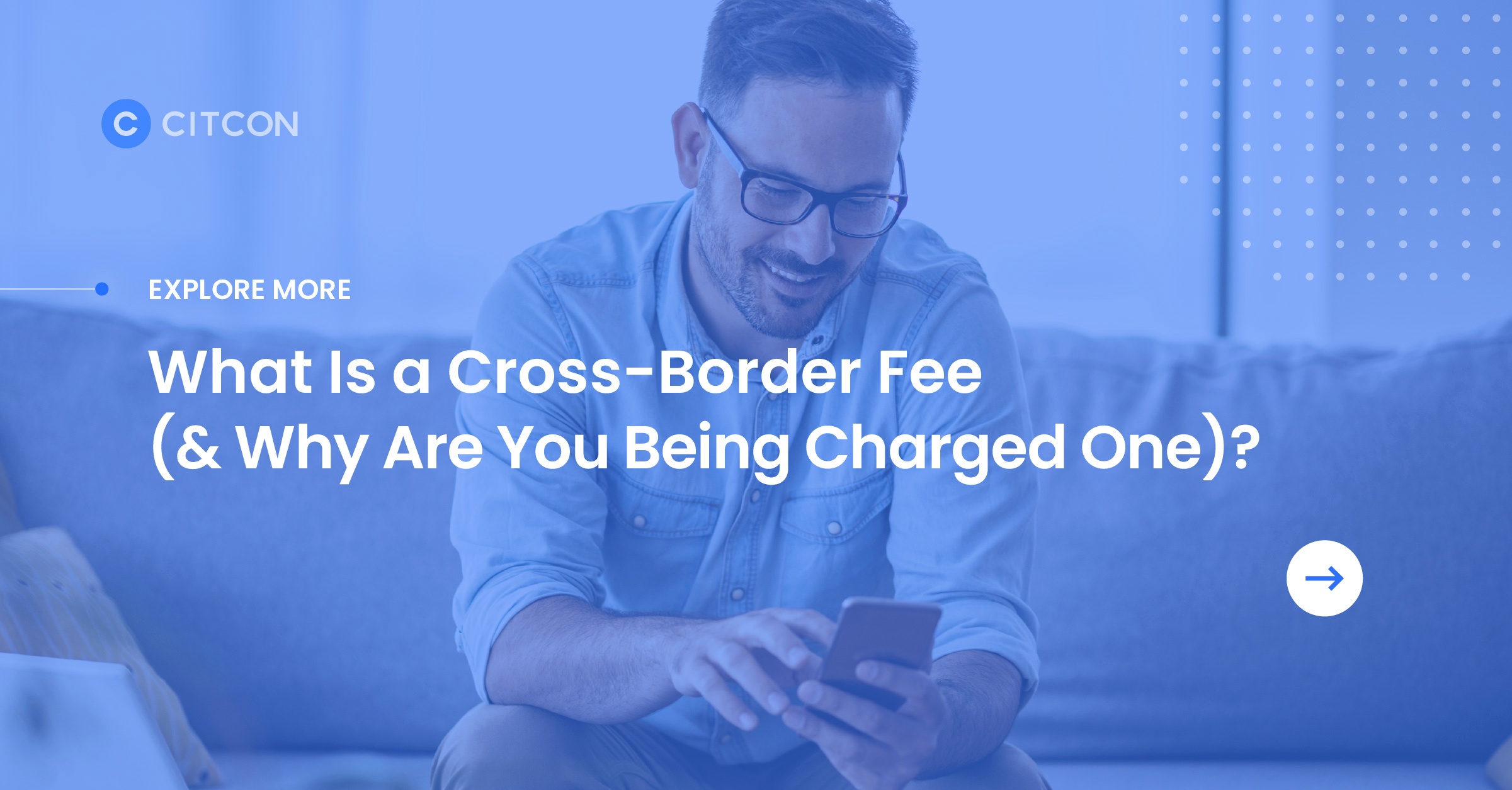Cross-Border eCommerce Statistics and Trends

Cross-border eCommerce data reveal more and more shoppers are embracing overseas online transactions. What follows is a close look at how these cross-border eCommerce trends are unfolding — and how online merchants can capitalize on the opportunity.
Cross-Border eCommerce Is Skyrocketing
In 2020 alone, cross-border eCommerce transactions grew 17%. According to a report from the International Post Corporation, the online behaviors of consumers surveyed in 40 different countries are changing. Nearly one-third of respondents stated that they purchased more often from an international online retailer in 2020 than in previous years, with 51% planning to increase their cross-border online shopping habits.
Other cross-border eCommerce statistics confirm these trends. Pitney Bowes, Inc. BOXpoll™ data indicates 20% of eCommerce transactions likely will be made across borders in the next three-to-four years. Plus, PPRO research estimates cross-border consumer-to-business (C2B) payments will reach USD 6.9 trillion by 2025, so there’s no sign of sales slowing down.
The increase in international online shopping is welcome news to most eCommerce merchants. However, fully capitalizing on this opportunity requires a greater understanding of consumer payment preferences. With consumers around the globe leveraging more than 450 payment methods, acceptance of international credit and debit card payments alone is insufficient.
Accelerated Digital Payment Adoption
Coinciding with the rise of cross-border eCommerce is exponential growth in consumer adoption of digital payment methods including mobile wallets, bank transfers, and buy now, pay later (BNPL) schemes. This trend towards digital, cashless commerce is gaining traction in virtually all markets.
Here’s a snapshot of cashless payment trends around the world:
• Consumers in the Asia-Pacific (APAC) region spent USD 195.4 billion in non-cash payment transactions in 2018
• Consumers in Europe and North America spent USD 192.2 and 170 billion using cashless payment methods during the same period
• By 2023, Europe is expected to surpass North America in cashless transaction
• The value of non-cash payment transactions in APAC is projected to exceed USD 490 billion
In other words, to compete and thrive in international eCommerce markets, merchants must embrace digital, non-cash payment methods.
Diversification of Payment Methods
While local preferences among the different types of non-cash alternative payment methods vary, two of the most popular digital payment options in the world are BNPL and mobile wallets. In fact, if a BNPL option were available, 54% of online shoppers say they would be more willing to purchase from a company in another country. In APAC, 60% of consumers prefer mobile wallets. Seventy-two percent of payments in China alone are made with mobile wallets like Alipay and WeChat Pay.
The bottom line: eCommerce merchants who diversify their payment options to include BNPL and mobile wallets will attract more international customers than those who don’t.
Growing Limitations of Credit and Debit Cards
As BNPL and mobile wallets become more popular, relying on international credit and debit cards is not enough for online merchants to succeed across borders. In a recent survey, 76% of respondents reported that they didn’t complete a purchase because the merchant didn’t offer a preferred local payment method. Merchants hoping to gain market share in a competitive global market must embrace alternative payment methods if they want to succeed.
Overcoming Barriers to Achieve Growth in Expanding Cross-Border eCommerce
Expanding eCommerce across borders requires thoughtful consideration. Following are some of the top barriers to expanding an eCommerce business internationally along with tips on how merchants can overcome these barriers.
Determining the Right Market
Expanding into an international market for eCommerce is not always a silver bullet for success, as merchants may do well in one market but not so well in another without proper research and planning. With any target market, it’s important to understand consumer demand as well as consumer habits and preferences.
Once an international market is selected, it’s essential to provide a seamless online shopping experience in the region’s predominant language, while securely offering consumer-preferred local payment methods at checkout. Why? Because more than three-quarters of global online purchases are made with local payment methods.
Fraud and Chargebacks
As much as 63% of merchants experience low approval rates. Fraud is another concern, with as many as 54% of merchants reporting high chargebacks directly related to international payment fraud.
An effective strategy for overcoming these barriers to cross-border eCommerce expansion is to accept consumer-preferred local payments. The average domestic credit card approval rate is 80% to 90%, meaning that when merchants accept local payment methods, approval rates improve. For example, when selling online in APAC, credit card approval rates drop to 50% to 60%. The low approvals are due to inconsistent credit card information reconciliation between continents, making it difficult for North American acquiring banks to approve transactions from overseas.
Cross-Border Fees
Different payment methods come with different sets of challenges. While credit cards might seem straightforward, they are among the most time-consuming and expensive cross-border payment options. This is because currency conversions between acquiring banks and credit card networks require extra steps to reconcile, which can also lead to higher costs for the merchant.
In addition to taxes and the standard credit card processing fees, international credit card transactions are often subject to cross-border fees. The two factors credit card companies consider when determining if a payment qualifies for a cross-border fee are:
• Where the merchant’s business is registered
• Where the card issuer is located
Therefore, any purchases made outside the merchant’s country automatically incur cross-border fees, ranging from 0.4% to 1.2%.
On the other hand, mobile wallets can simplify the payment process and save merchants money. When funds are deducted from a mobile wallet and deposited into the merchant’s bank account in the correct currency, the process moves much faster. Meanwhile, accepting consumer-preferred local mobile wallet payments allows merchants to bypass card networks, lowering the amount of cross-border fees incurred.
Other methods for merchants to avoid cross-border fees include partnering with distributors in other countries to sell their products for them, or registering company branches in countries where large volumes of eCommerce business will be done.
For example, if a business is headquartered in Chicago and does significant online business in London, the business could apply for a merchant account in the United Kingdom. That would allow the merchant to process locally issued credit cards for payments without incurring cross-border fees.
Shopping Cart Abandonment
According to a survey by UPS, one out of five online shoppers worldwide reported leaving their shopping carts because they could not pay with the method they wanted. Consumers also leave shopping sites without purchasing because shipping costs and other fees are too high. In fact, an astounding 69% of consumers say they occasionally or frequently abandon their carts at checkout if these costs are too high.
Shopping cart abandonment may seem unavoidable for online merchants; however, retailers can improve their abandonment rates. By offering affordable shipping and working with a global payments processor to accept consumer-preferred local payment methods, merchants can attract more customers and convert more sales.
Related Read – The Ultimate Guide on How to Conduct a Cart Abandonment Audit
Implementation and Integration
As mentioned, consumers around the world utilize over 450 payment methods. Therefore, supporting cross-border payments at scale can be complex, especially with multiple card and wallet providers involved. Working with an all-in-one payment gateway takes the stress out of localizing payment options.
With the right payment gateway partner, merchants can seamlessly integrate more than 100 mobile wallets, local payment schemes, and traditional credit cards with eCommerce shopping carts and platforms like Shopify, Magento, Salesforce Demandware, SAP Commerce Cloud, and WooCommerce — all with a single API call or plugin and a single reconciliation.
How to Capitalize on the Rise of Cross-Border eCommerce
Cross-border eCommerce is growing. With the right payments strategy, merchants can ride this wave and reap the rewards. Here’s how one savvy online merchant was able to cash in.
Case Study: Brazilian Bundle Me
Na’Imah Muhammad, the owner of wig and hair extension retailer Brazilian Bundle Me, took careful notice of the flurry of consumer social media and online activity worldwide.
“Brazilian Bundle Me is a brand that caters to shoppers globally,” Muhammad told PYMNTS.com in a recent interview. With consumers spending more time engaging on social media and shopping online, she realized she had an opportunity to reach even more customers.
“Accepting a variety of payments has been a game-changer for Brazilian Bundle Me, making it nearly impossible to miss a sale,” Muhammad explained.
In addition to traditional credit card payments, Brazilian Bundle Me accepts Apple Pay and PayPal. “Overall, it is my expectation that consumers will continue to use the most convenient form of payment presented.”
Brazilian Bundle Me partners with Citcon for global payment gateway services, which allows the eCommerce retailer to accept the preferred payment methods of beauty customers worldwide. This is just one example of how accepting the right payment methods can help an eCommerce business grow across borders.
Accept the right cross-border payments with Citcon. Connect with a payments professional today to find out how.







